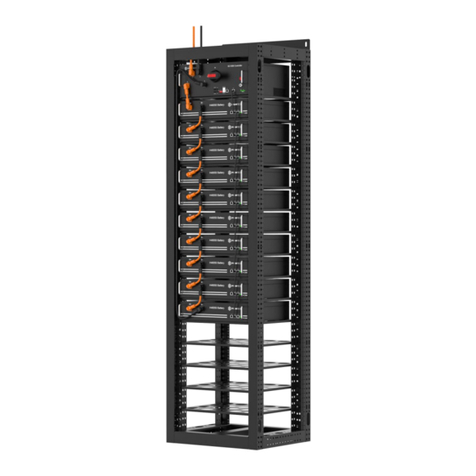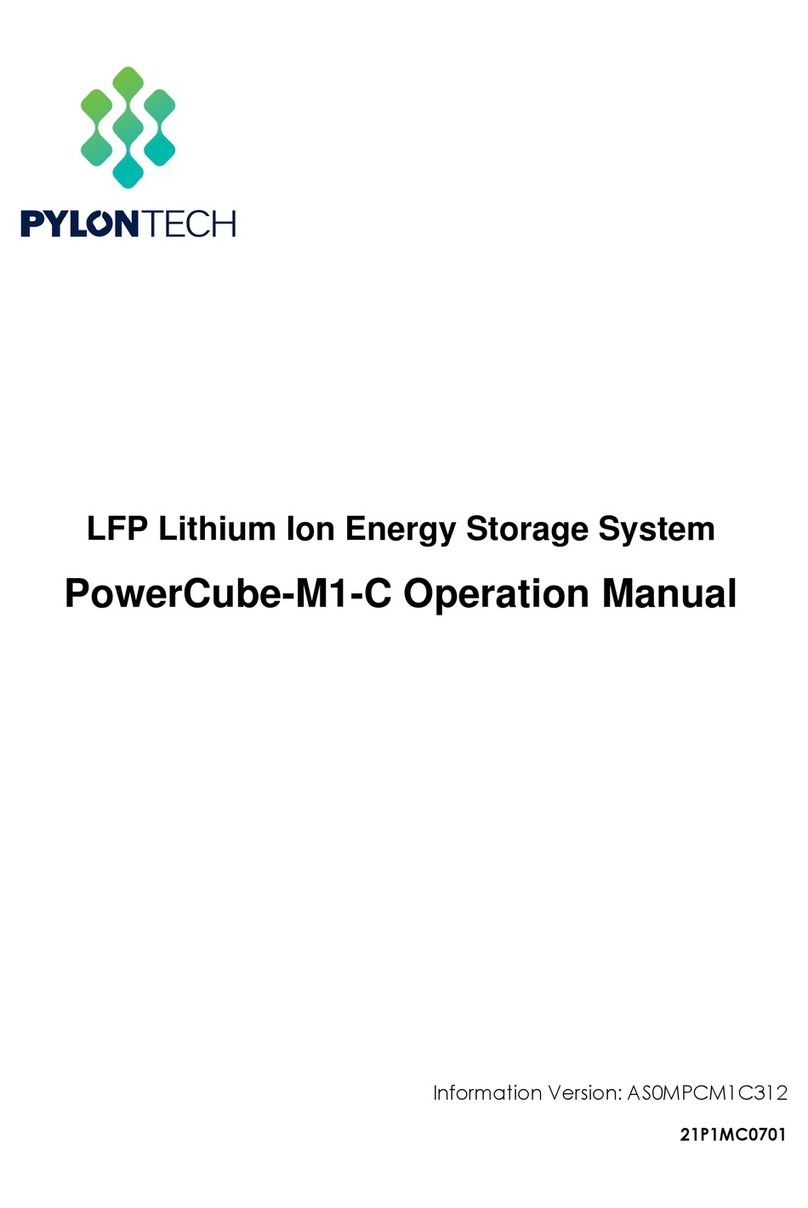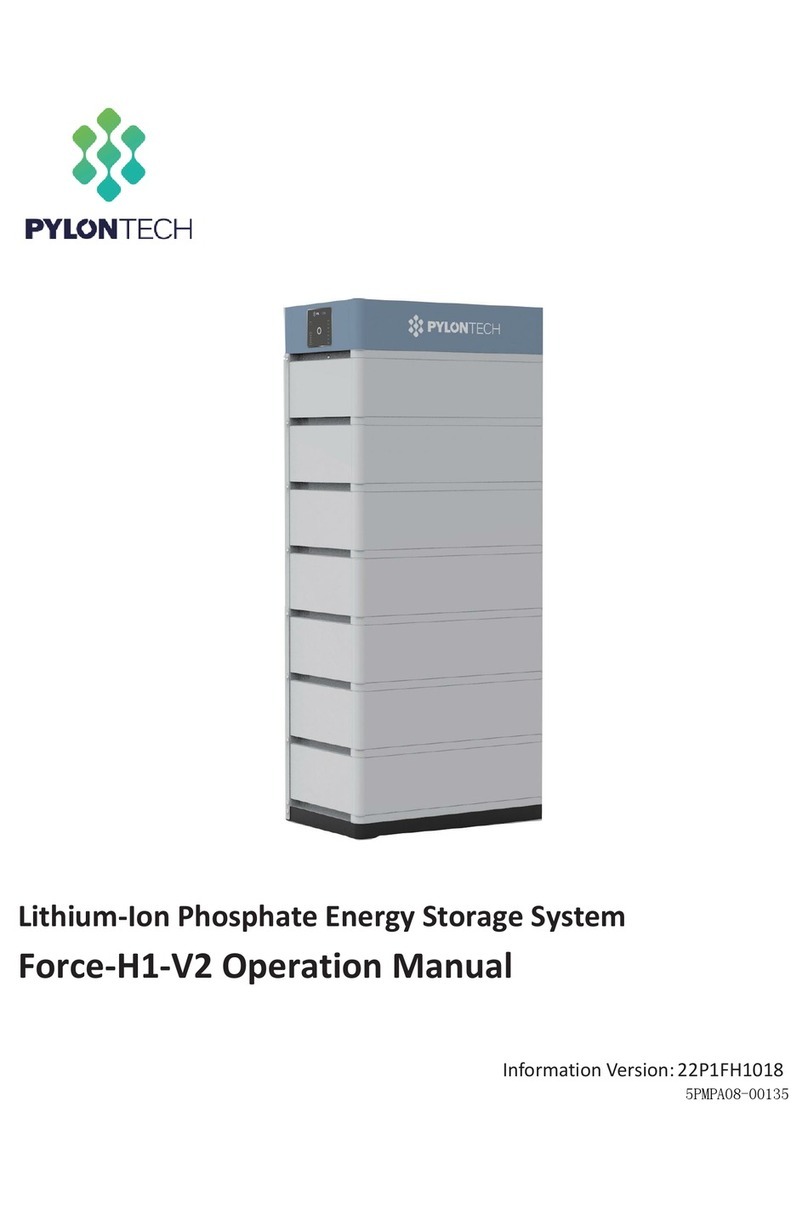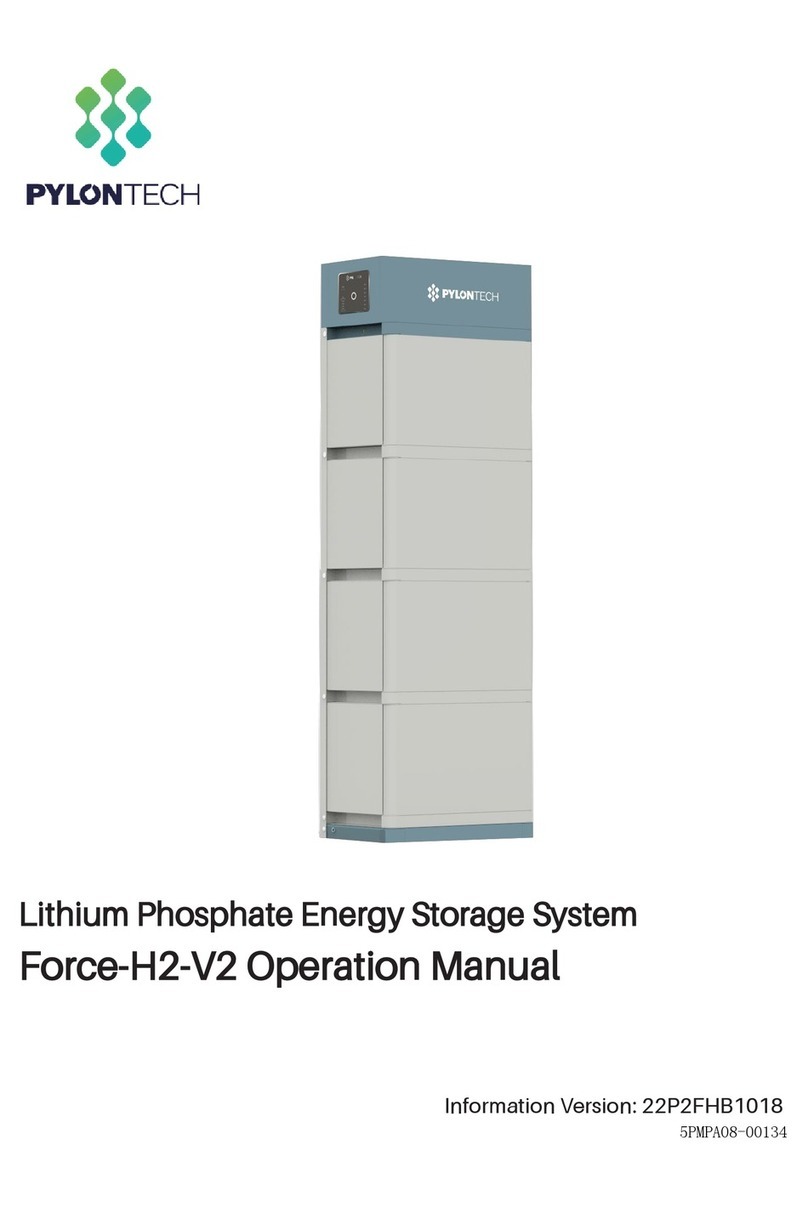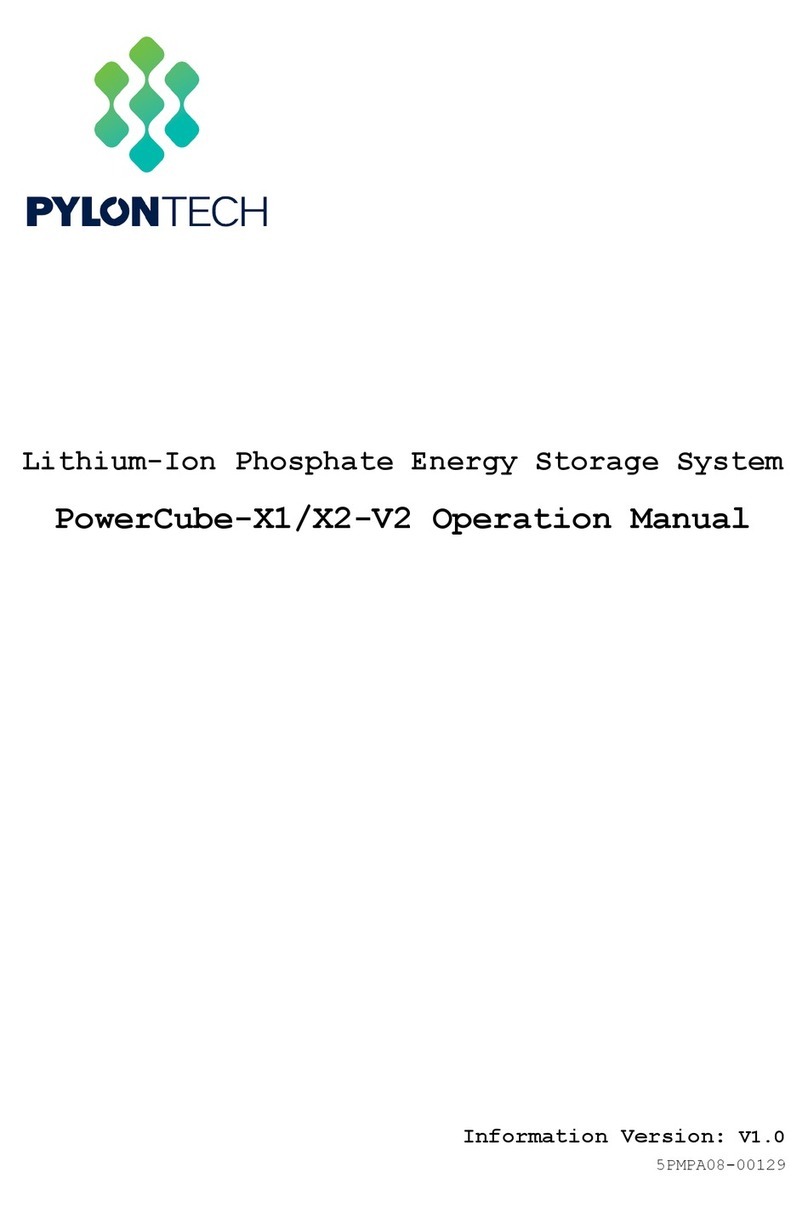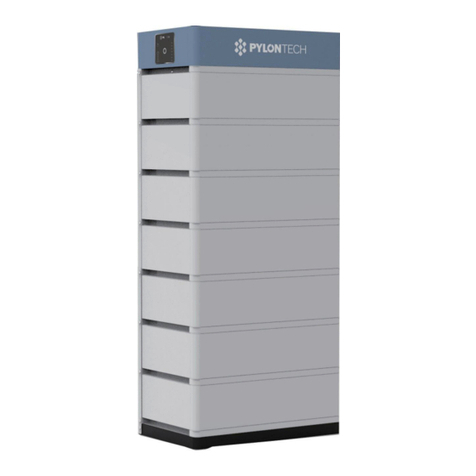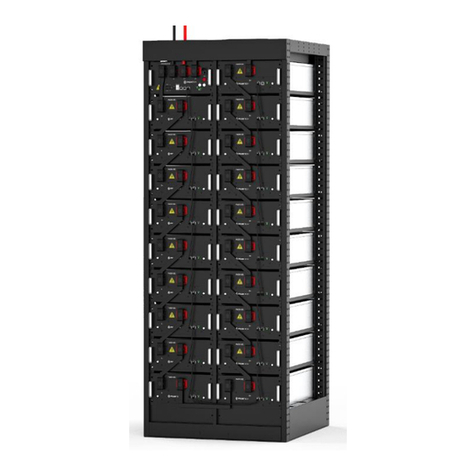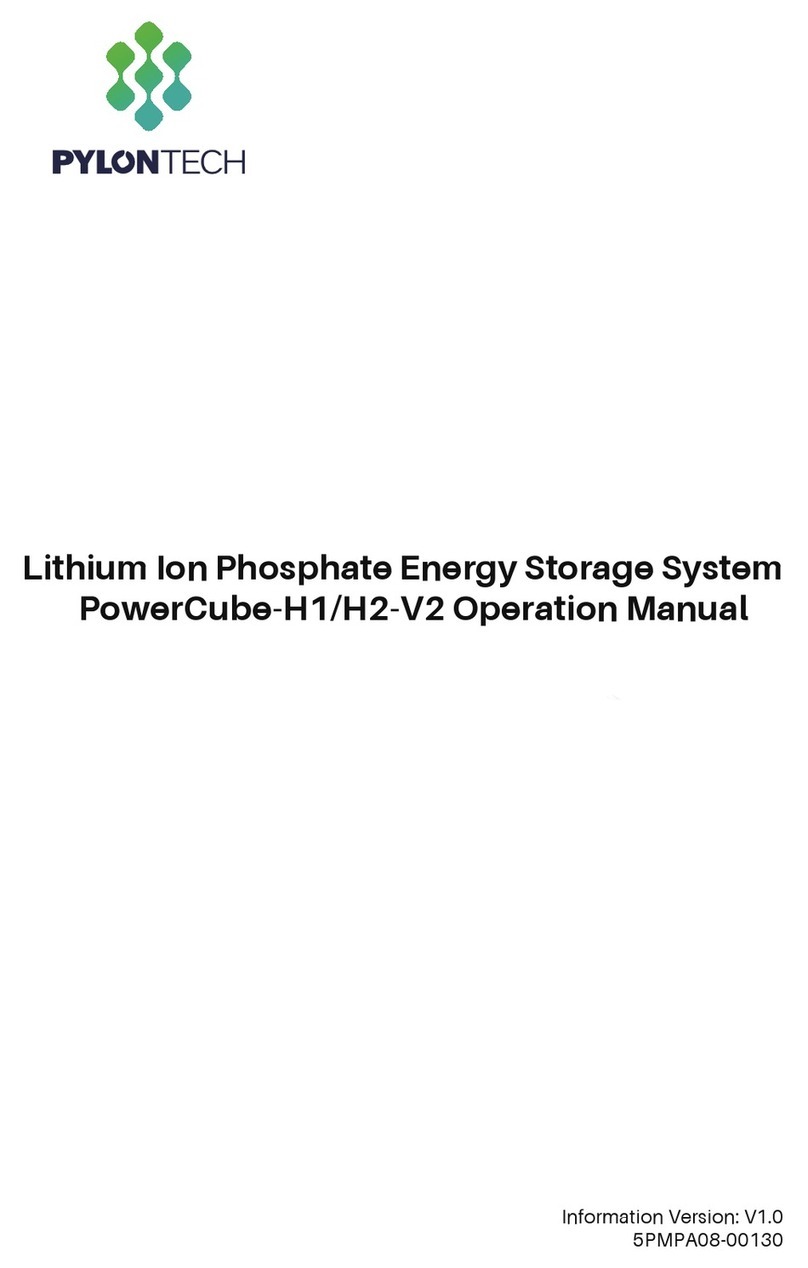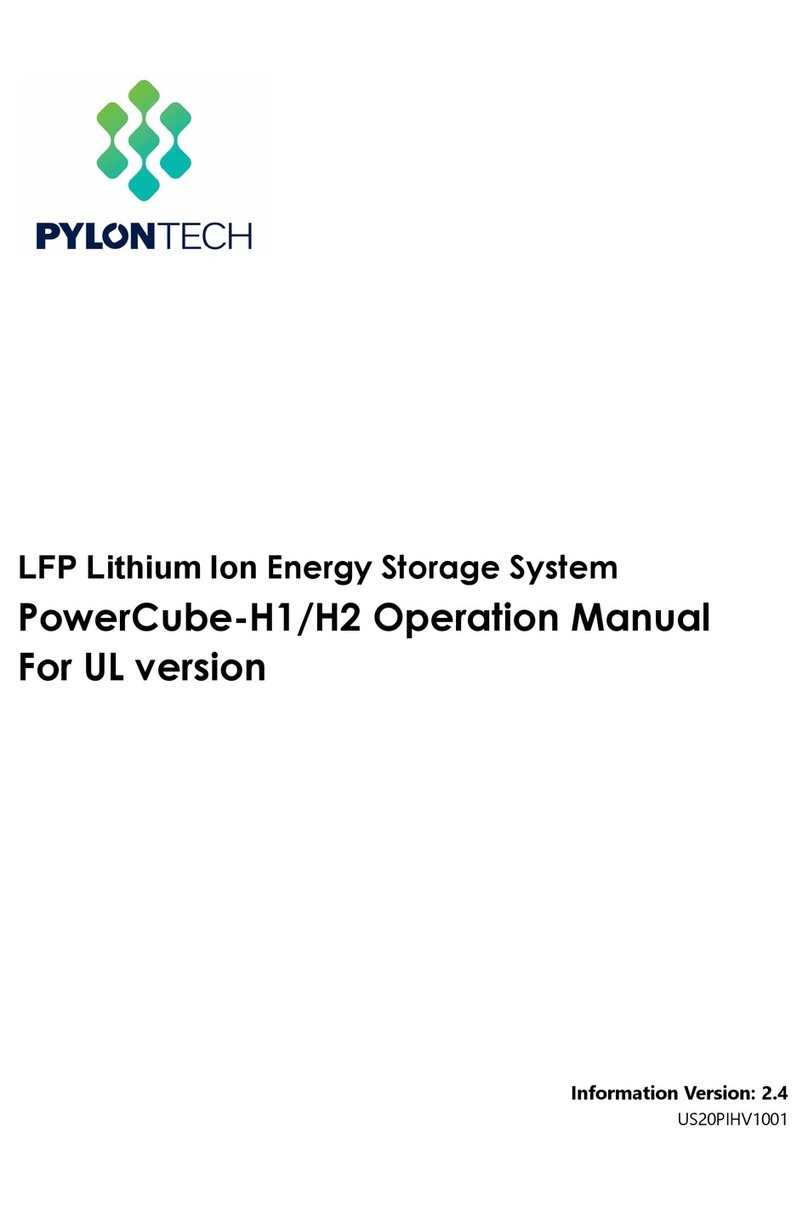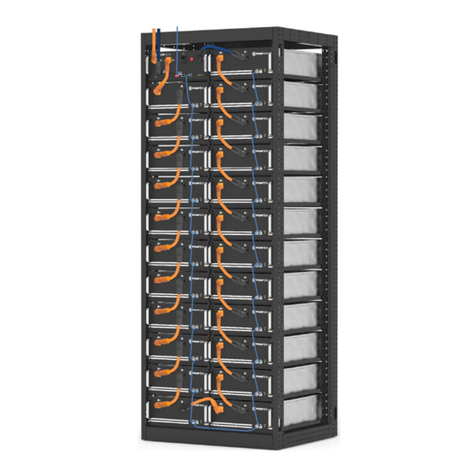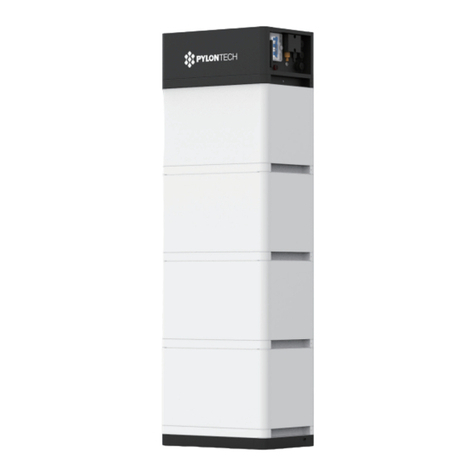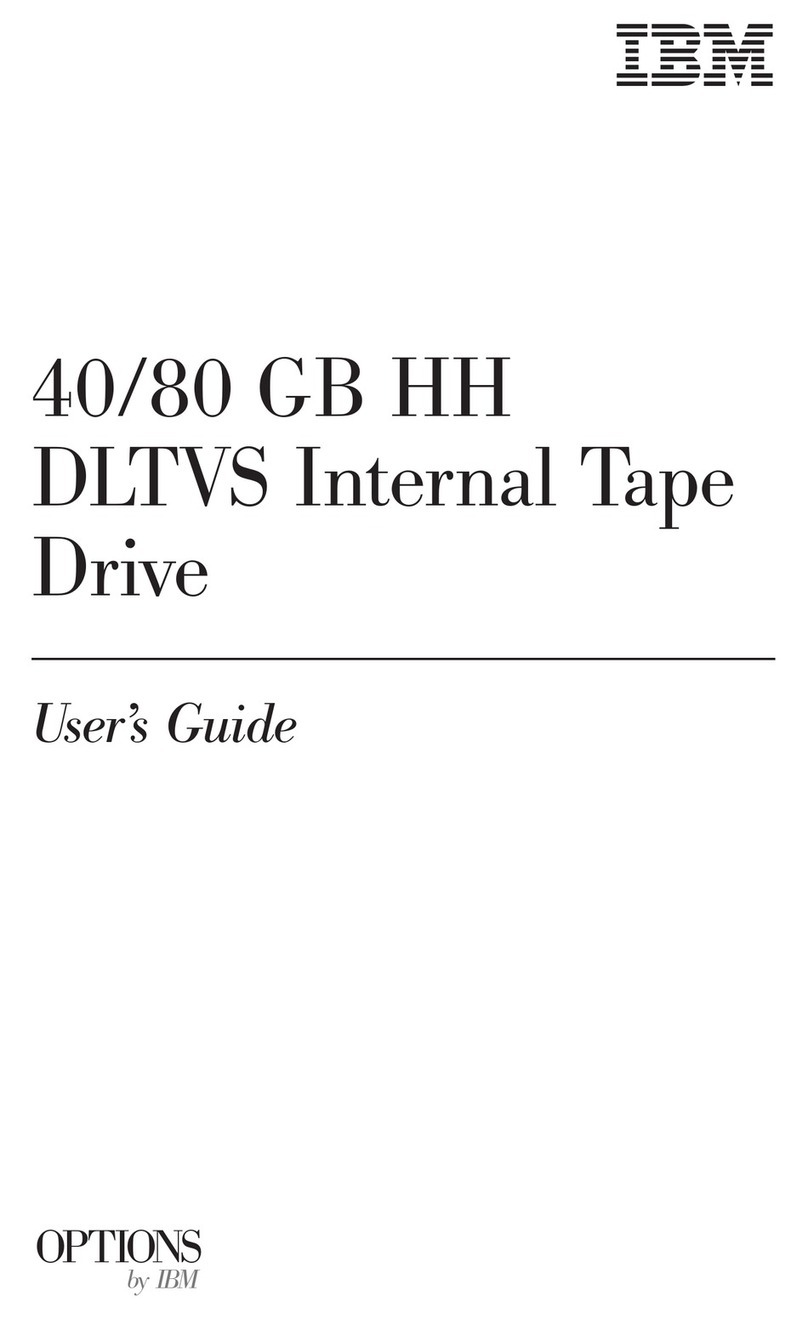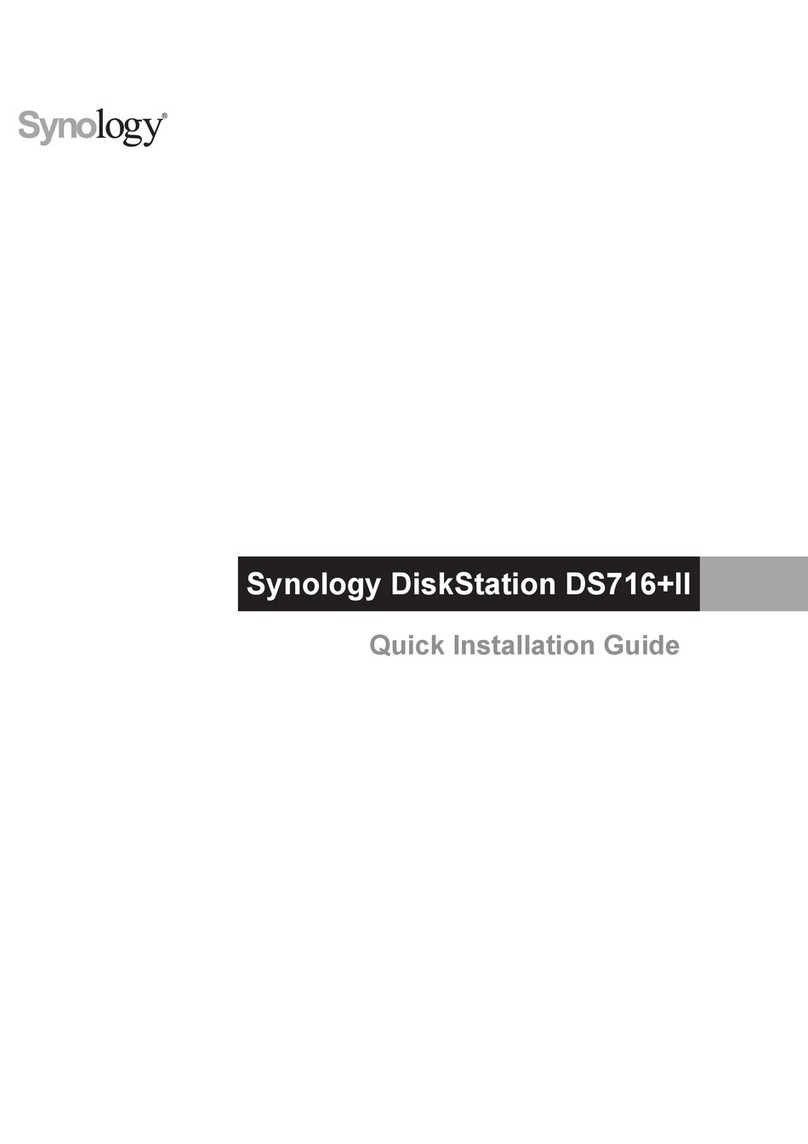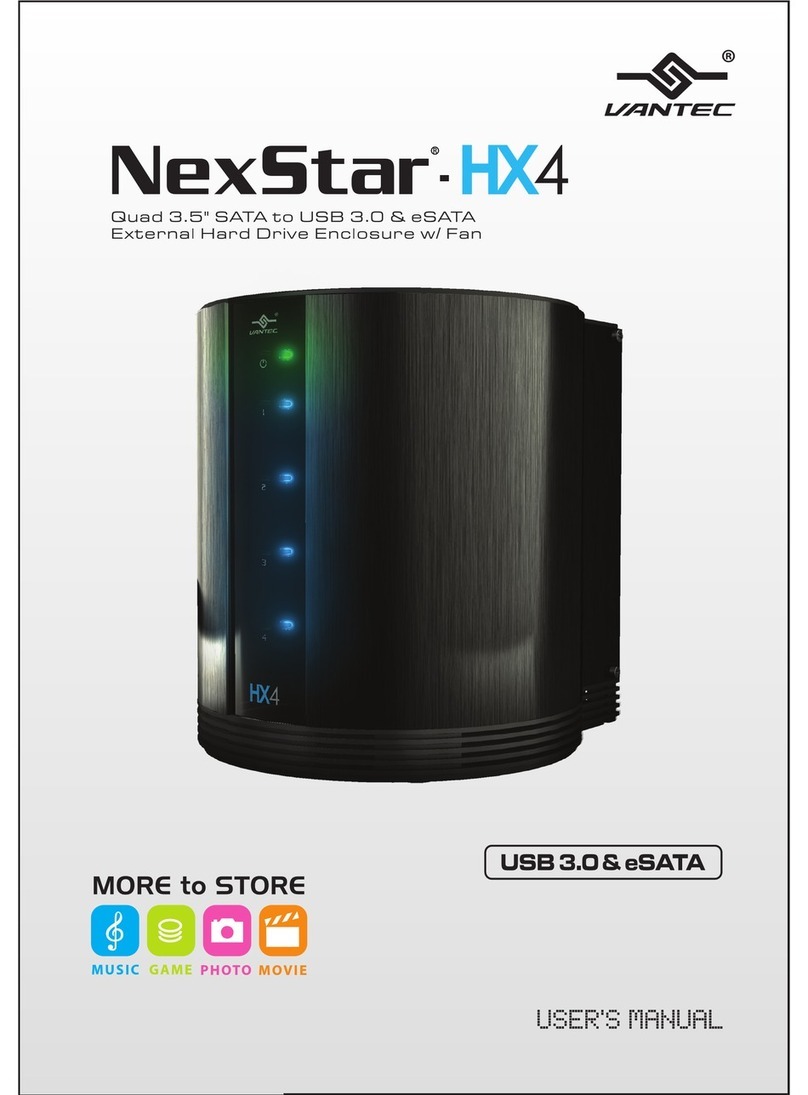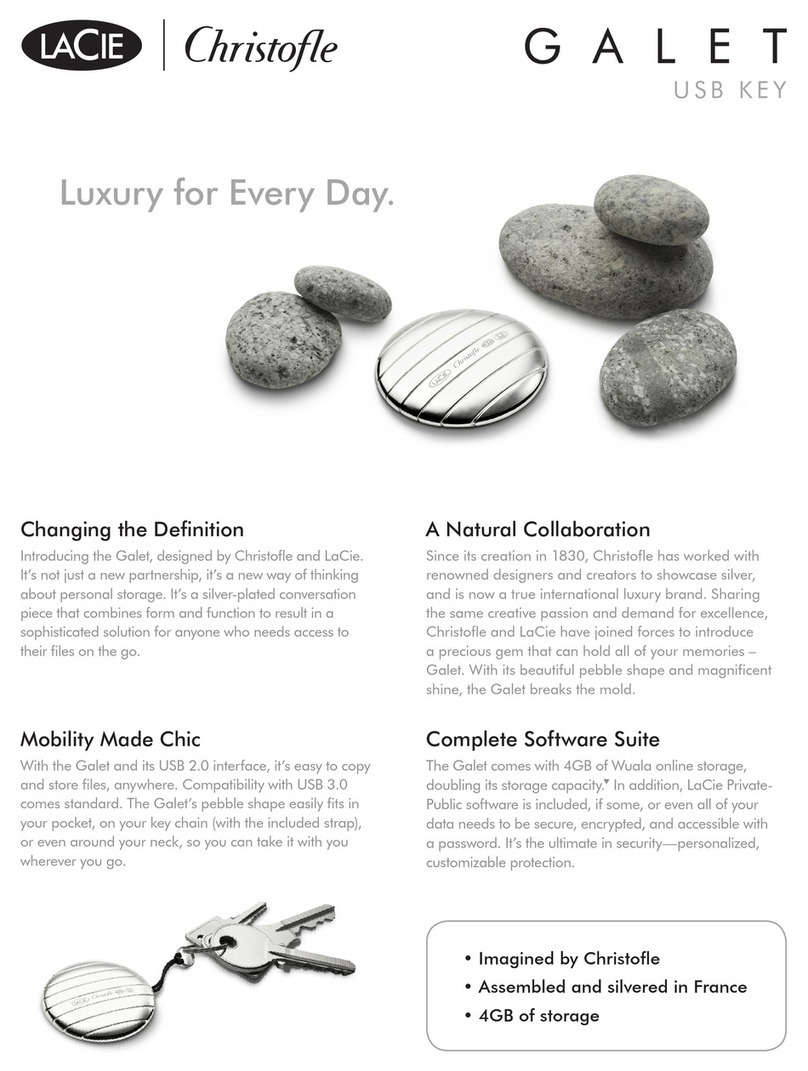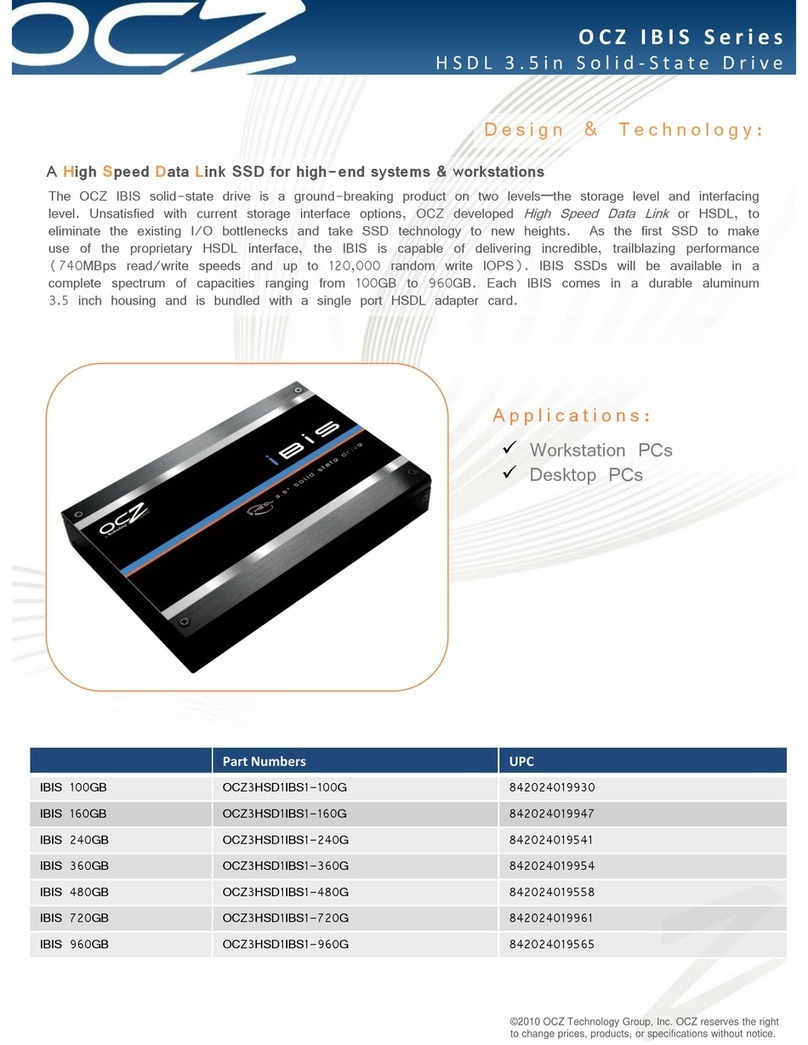
This manual introduces Force-H3 from Pylontech. Force-H3 is a high voltage Lithium-Ion
Phosphate Battery storage system. Please read this manual before you install the battery and
follow the instructions carefully during the installation process. In case of any confusion, please
contact Pylontech immediately for advice and clarification.
Contents
1. Safety.......................................................................................................................................................... 1
1.1 Symbols ..........................................................................................................................................................2
1.2 Abbreviations Used in this Manual ......................................................................................................4
1.3 General Safety Instructions.....................................................................................................................5
1.4 Safety Instructions Before Connecting the Battery.......................................................................6
1.5 Safety Instructions in Using the Battery.............................................................................................6
2. System Introduction................................................................................................................................ 7
2.1 Product Introduction.................................................................................................................................7
2.2 Specifications...............................................................................................................................................7
2.2.1 System Parameters.................................................................................................................................8
2.2.1.1 Single String System Parameters..................................................................................................8
2.2.1.2 Multi-strings System Parameters (Max. 6 Strings per System) ....................................... 10
2.2.2 Battery Module Specifications........................................................................................................ 11
2.2.2.1 Battery Module Parameters.......................................................................................................... 11
2.2.3 Control Module Specifications....................................................................................................... 12
2.2.3.1 Control Module Parameters......................................................................................................... 12
2.2.3.2 Control Module Display Panel .................................................................................................... 13
2.2.3.3 Control Module Interface Panel.................................................................................................. 16
2.3 System Diagram ....................................................................................................................................... 23
3. Installation ..............................................................................................................................................24
3.1 Tools.............................................................................................................................................................. 24
3.2 Safety Gear ................................................................................................................................................. 24
3.3 System Working Environment Checking....................................................................................... 25
3.3.1 Cleaning................................................................................................................................................... 25
3.3.2 Temperature........................................................................................................................................... 25
3.3.3 Fire-extinguisher System................................................................................................................... 25
3.3.4 Grounding System............................................................................................................................... 25
3.3.5 Clearance ................................................................................................................................................ 25
3.4 Handling and Placement...................................................................................................................... 26
3.4.1 Handling and Placement of the Battery Module..................................................................... 26
3.4.2 Handling and Placement of the Base .......................................................................................... 26
3.4.3 Requirements of Installation Site................................................................................................... 26
3.4.4 Packing List ............................................................................................................................................ 27
3.4.5 Mounting and Installation of the Battery Rack Basement ................................................... 28
